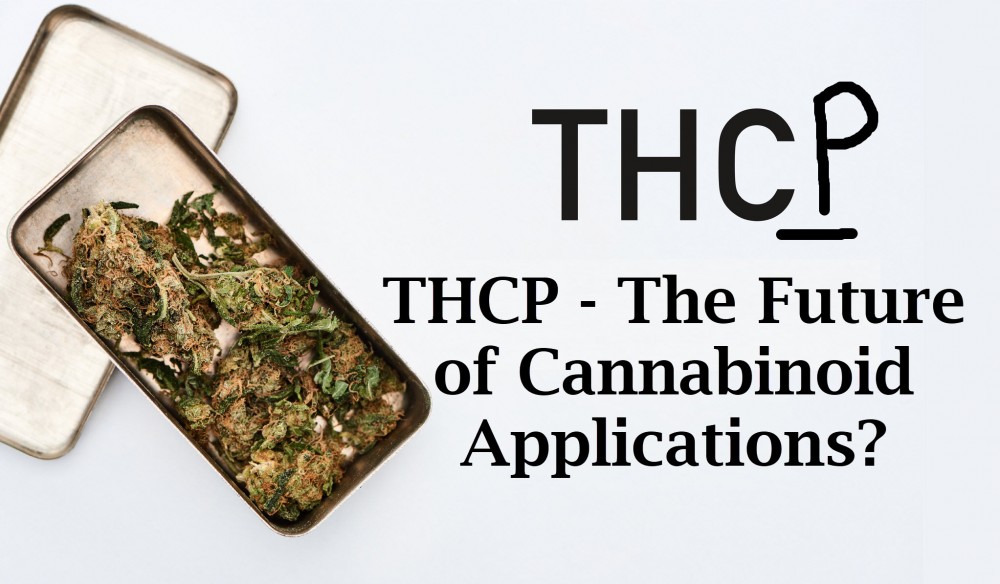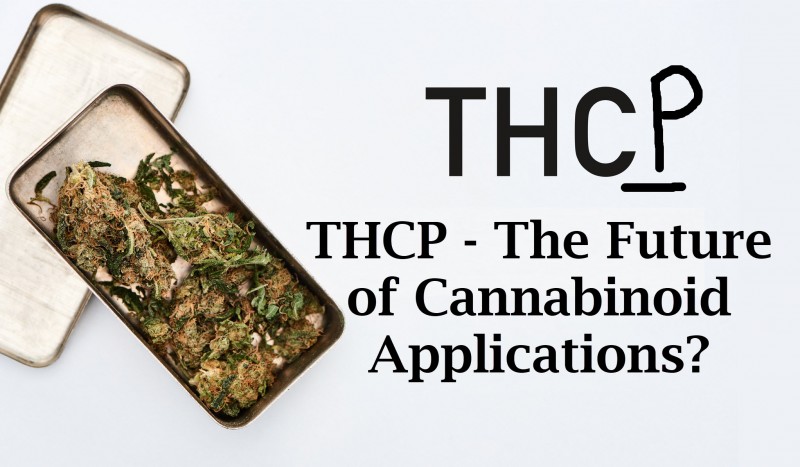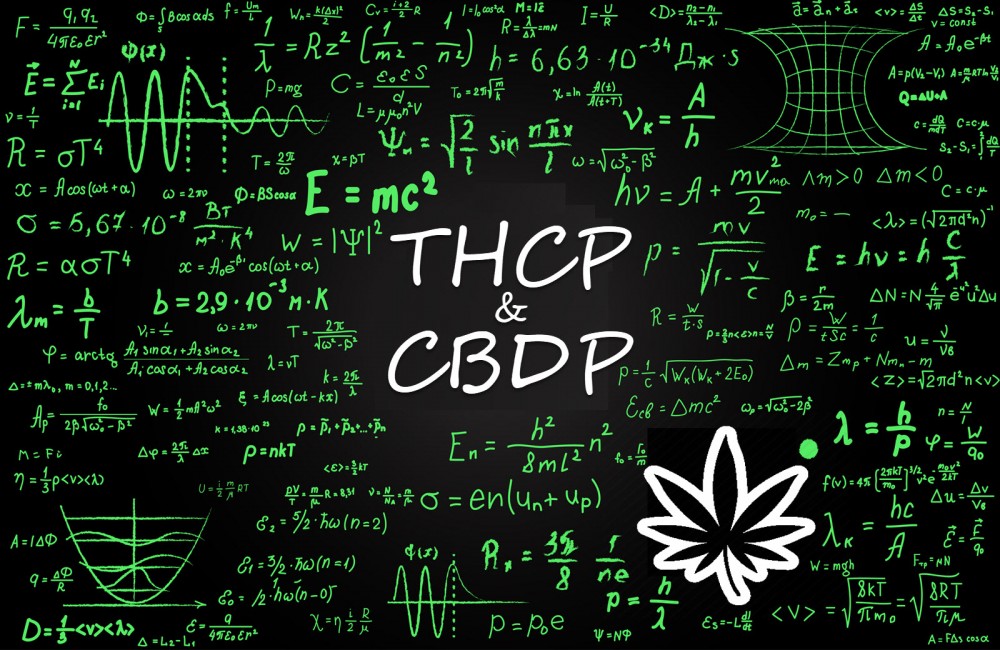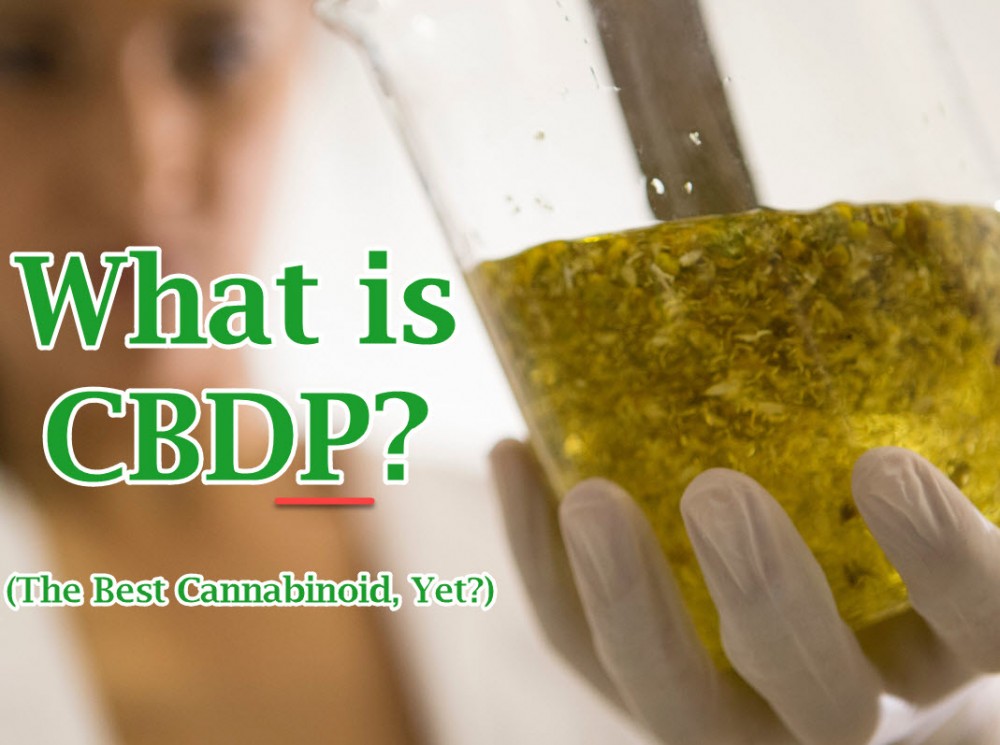A closer look at THCP: the future of cannabinoid applications?

The world isn't oblivious to the importance and wide range of applications that the existing cannabinoids offer. The most common cannabinoids, THC, CBD, and so on have been shown to serve a lot of medical and recreational functions that have been the driving force propelling the cannabis industry over the past couple of years. Endless works of research are always been conducted to unearth more and more about cannabinoids, and based on recent studies it has been shown that a cannabinoid can exist as different forms. The study that showed the existence of different versions of the same cannabinoid opened the door to the discovery of THCP (tetrahydrocannabiphorol), the cannabinoid this article will be centered on.
What is THCP?
Currently over 150 different cannabinoid groups have been discovered in the makeup of the cannabis plant and although most of them are yet to be isolated a lot of studies are being conducted to achieve this goal. The rapid advancement of mindblowing technologies like spectrometry has made it possible to isolate, analyze and identify several cannabinoids. These works of research are what led to the discovery of THCP, a naturally occurring cannabinoid that is predicted to be a gamechanger for cannabinoid therapeutic applications.
Studies show that THCP possesses an identical molecular structure as Δ⁹-THC. THCP, commonly referred to as the longer tetrahydrocannabinol, possesses a seven-term alkyl side that functions primarily to strengthen the bond between the cannabinoid and CB1 receptors of the endocannabinoid system. This feature of THCP has been shown to make it a much stronger binder compared to most cannabinoids, studies show that its binding power is at least 30 times that of ordinary THC when interacting with CB1 receptors and at least 10 times when interacting with CB2 receptors. An effect that might increase its potency for both therapeutic and recreational applications. It should be noted that THCP is currently the only cannabinoid discovered that possesses a seven link side chain, all other isolated cannabis cannabinoids don't possess more than five. The body's endocannabinoid system requires nothing less than three links for effective binding to the CB1 or CB2 receptors so imagine how strong and effective the bond of a cannabinoid with four extra links will be.
A closer look at the studies conducted
The discovery of the special cannabinoid THCP occurred following the diagnosis of a similar but different cannabinoid, Δ9-tetrahydrocannabutol. This cannabinoid-like THCP displays traits closely similar to those associated with THC thus making it possible for it to act as a partial cannabinoid receptor agonist. These studies conducted by Italian researchers were thorough and properly carried out. In vitro tests conducted using THCP were used to validate the binding power of the cannabinoid to CB1 and CB2 receptors. Although since the research doesn't necessarily mean the same results would be gotten in vivo more studies were conducted to determine this. To ascertain this Dr. L. Luongo conducted similar tests using mice and just as expected the results supported what was previously believed; THCP was shown to be much more potent than THC, although the potency in vivo isn't as high as those achieved in vitro. Studies on the levels of THCP that can be found in specific varieties of cannabis are still in their infancy though from all available evidence the levels of THCP present in each strain varies widely. It is believed by experts that THCP and other compounds like it present in minute quantities in the cannabis plant are most likely the cause for the common variability in the reactions of different users to cannabis usage. Several studies have been conducted using different strains with approximately the same levels of THC and in each case, the psychotropic effects experienced by users vary, an effect some experts are attributing to varying levels of THCP. The major takeaways from the most recently published report on THCP show that it is possible that some of the effects currently believed to be caused by THC may not primarily be produced by THC alone.
More about the medical applications of THCP
Based on conclusions drawn from the studies conducted, the majority of the applications of this cannabinoid can be attributed to its unique side-chain length. The extended side chain of THCP doesn't just improve the binding power of the cannabinoid it is also believed to enhance the viability of the cannabinoid potentially making it a very attractive alternative to the popular cannabinoids currently being widely consumed by users. A couple of the medical applications of THCP highlighted by the studies include:
Induction of hypomotility
Can function as an analgesic
Catalepsy
Can be used to induce lower rectal temperatures
Pain reliever
Anti-inflammatory properties, and so on.
Bottom line
There is so much that is yet to be unearthed about this wonderful cannabinoid, but the results gotten so far have been more than encouraging. The potential this cannabinoid possesses cannot be overemphasized and according to projections, it will be a major force in the nearest future.
THCP AND CANNABINOIDS, READ MORE..
WHAT IS THCP AND CBDP AND WHY ARE THEY BOTH EXCITING?
OR..
IS THCP 30X STRONGER THAN THC? SAY WHAT? CLICK HERE.








